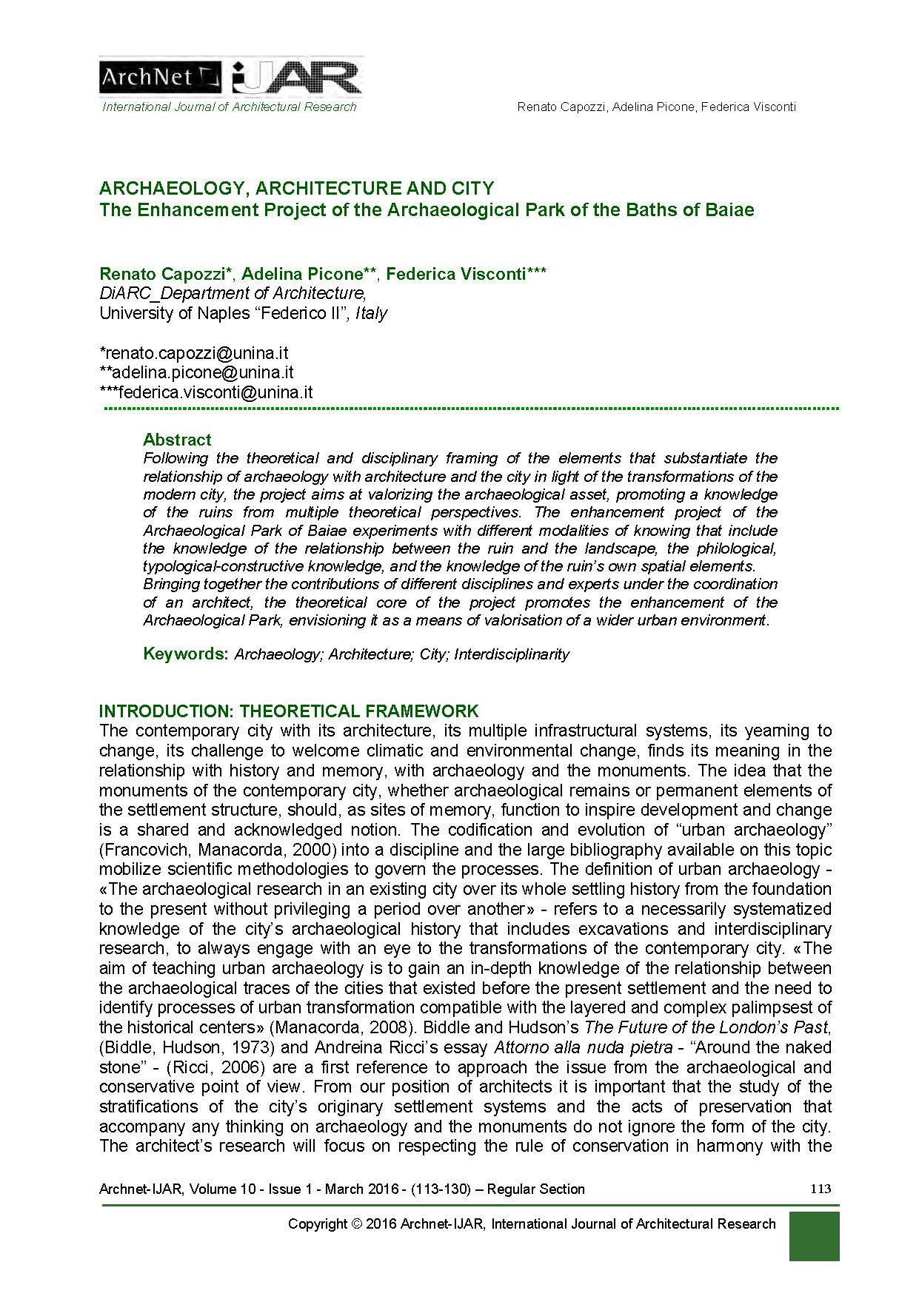
Architectural design theories developed during the last decades of the 20th century – including Environmental Psychology and Pattern Theories – aimed to improve the quality of the built environment while centred on the experience of users. However, their approaches of analytical methodologies are not usually applied to understand and comprehend historic buildings from a wider architectural perspective. This study aims to deepen the analysis of historic buildings by advancing their depictions using concepts and ideas mainly established in pattern theories and contemporary best practices, in order to facilitate how modern designers may learn from the significant buildings of the past. To achieve this, a knowledge-based descriptive framework has been developed; this tool serves to enrich the architectural description of a building by including both qualitative and quantitative details, abstract and as-built characteristics, and spatial patterns which are inherent to architectural designs. Four historical palatial complexes erected in the Iberian Peninsula during the Islamic rule in al-Andalus have been selected to demonstrate the practical application and validity of this tool. The information collected through such a descriptive tool adds a layer of quantitative information that enriches the depiction of the historic buildings studied. An organized display of the resulting data provides for comparative analysis and also serves as a way to develop contemporary architectural proposals which reflect distinctive features of significant historical buildings.
I agree to the terms outlined below:
You agree to upload and assign Mosqpedia Database the rights to use the content worldwide and in perpetuity across all current and future media platforms. Mosqpedia Database may edit, copy, adapt and translate your contribution.
The content will be distributed under the Creative Commons Attribution-Deed – Attribution-NonCommercial-NoDerivatives 4.0 International – Creative Commons
All data will be stored in line with data protection regulations.